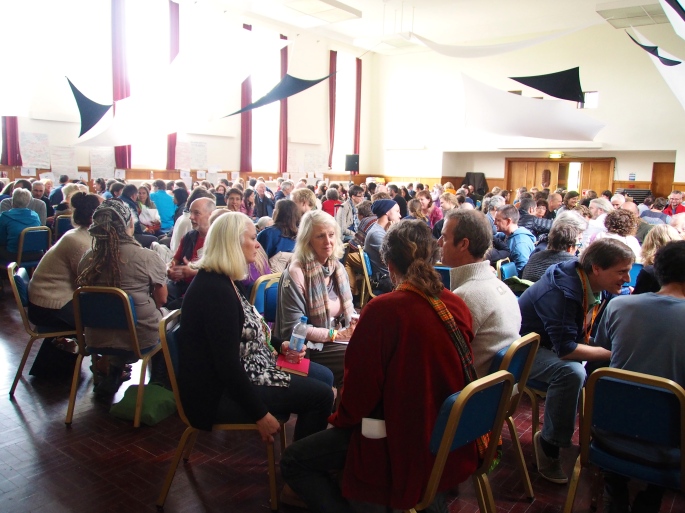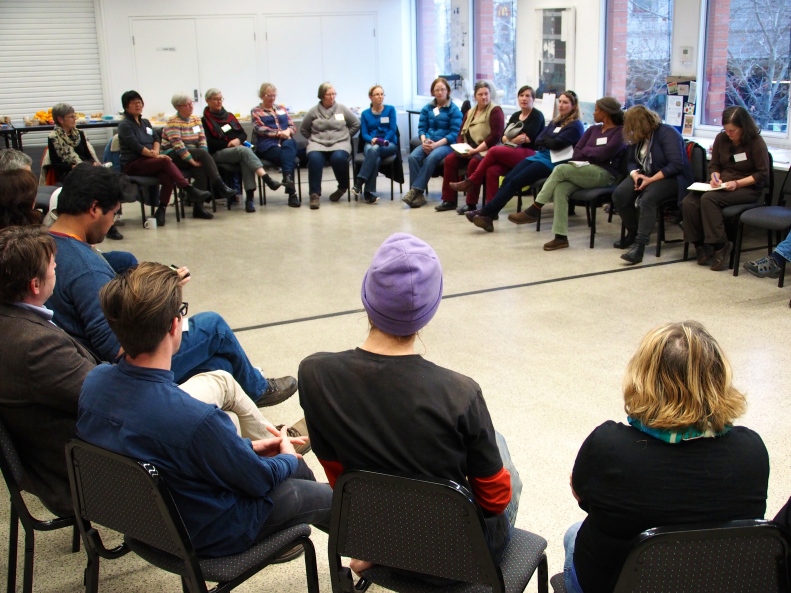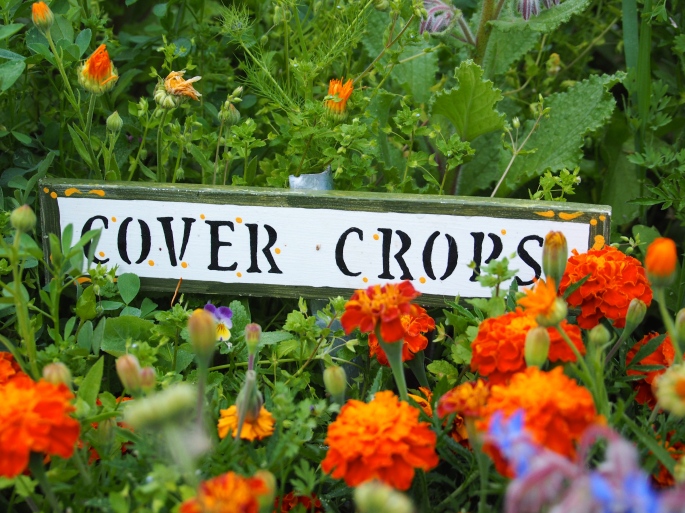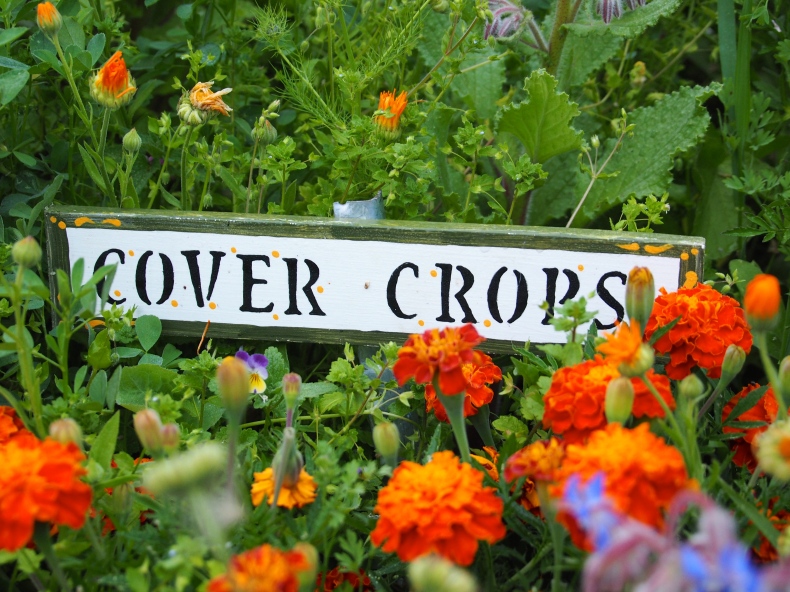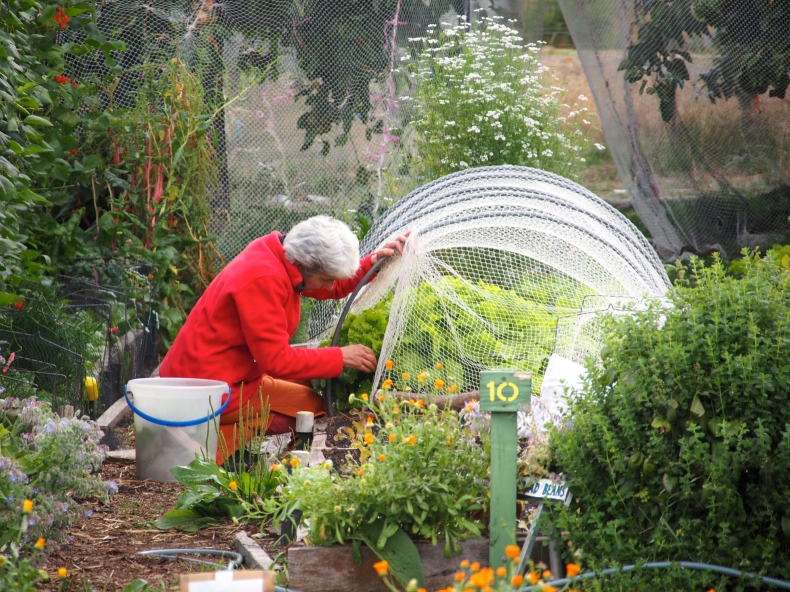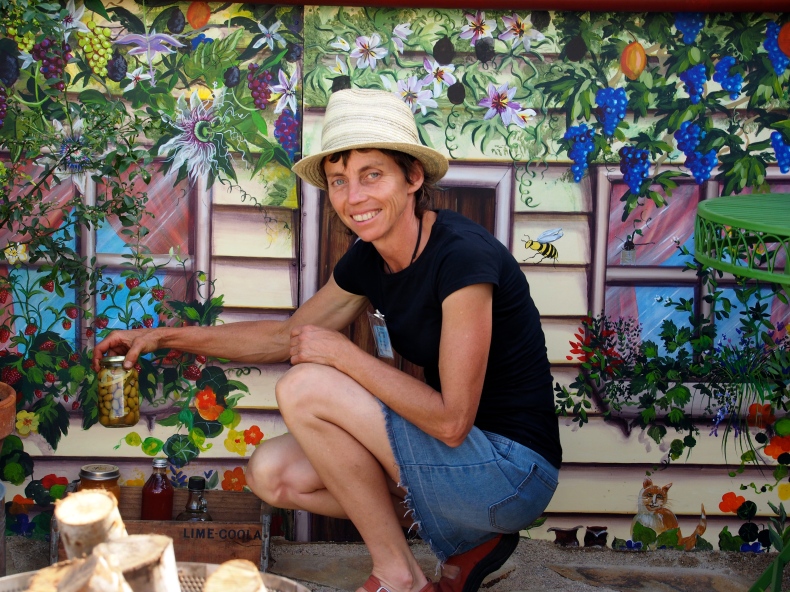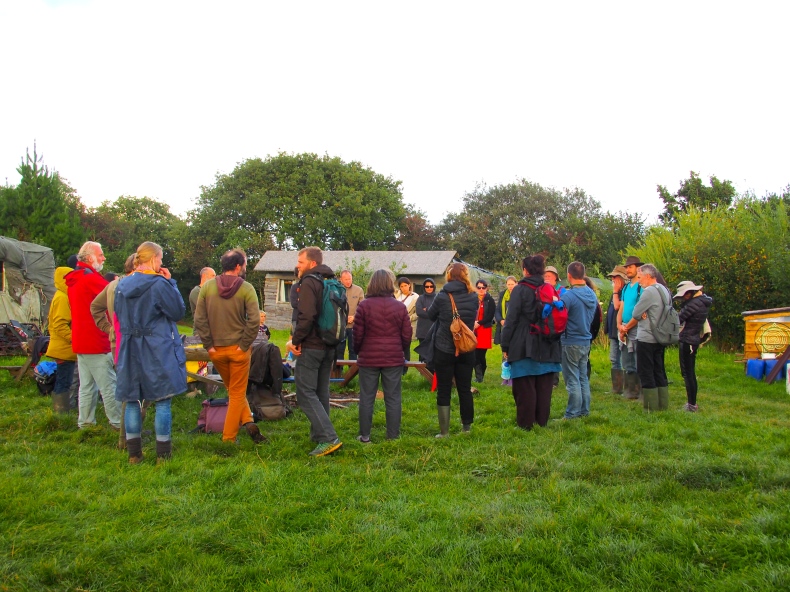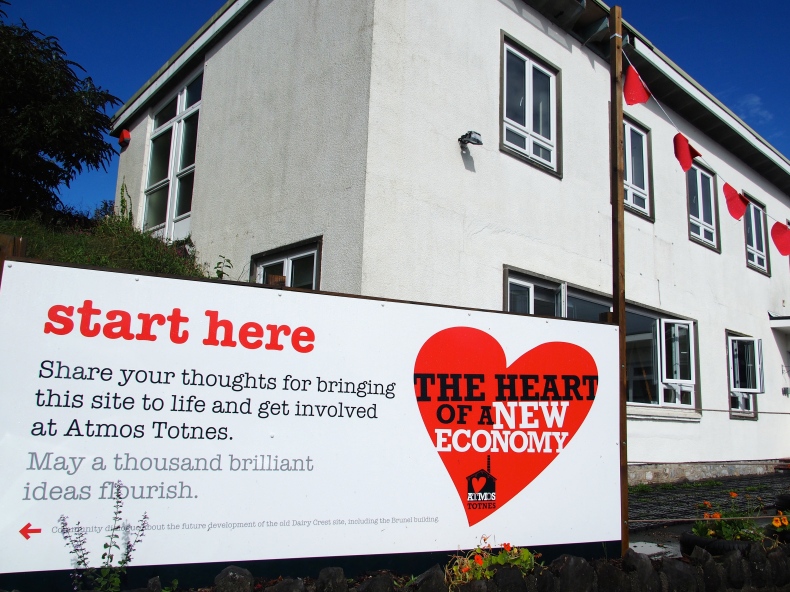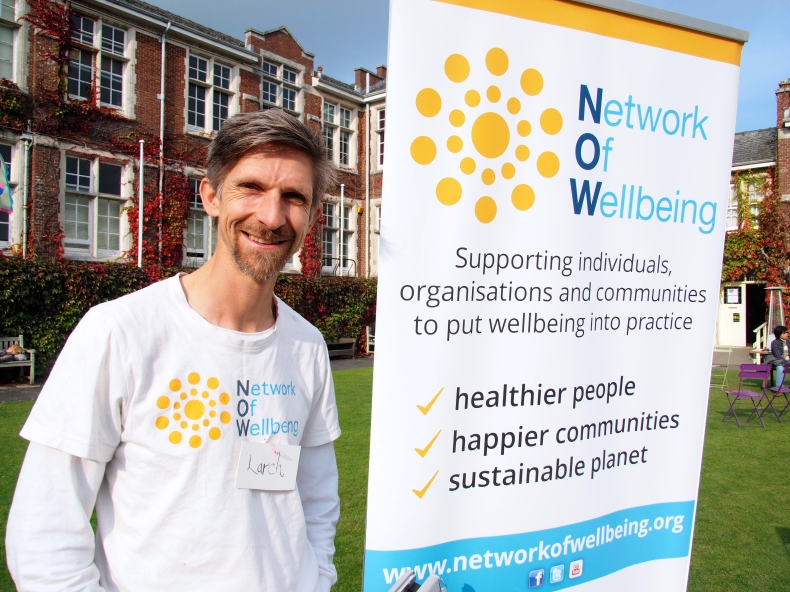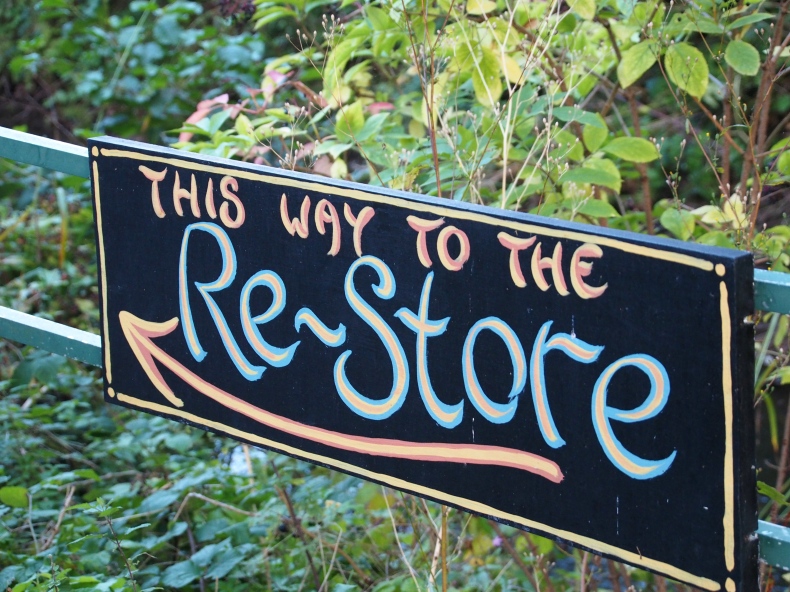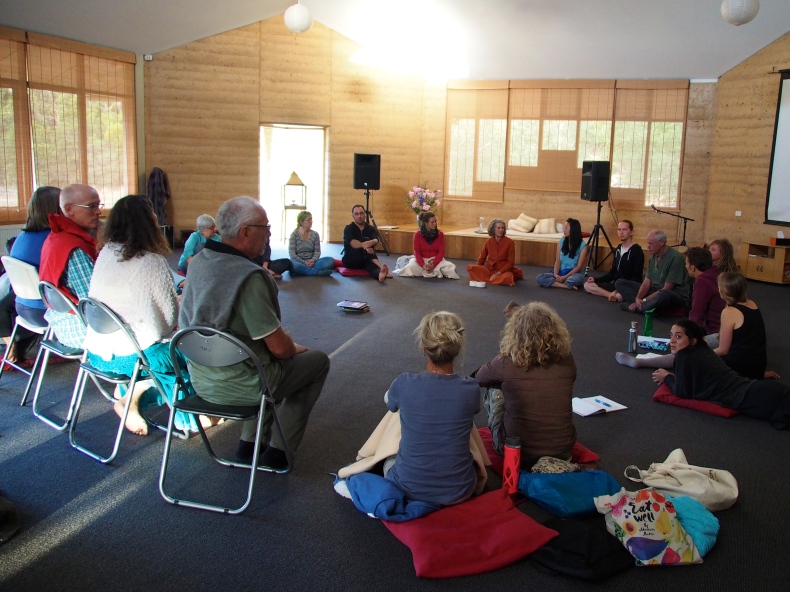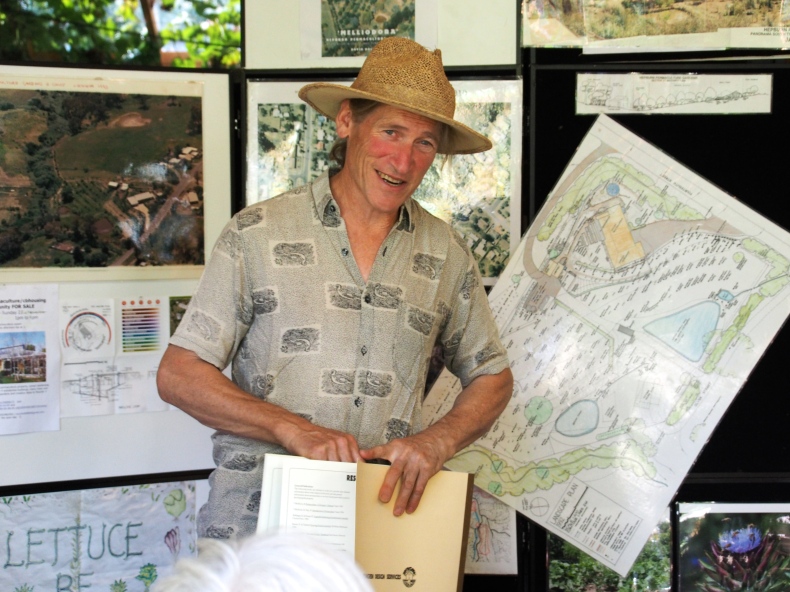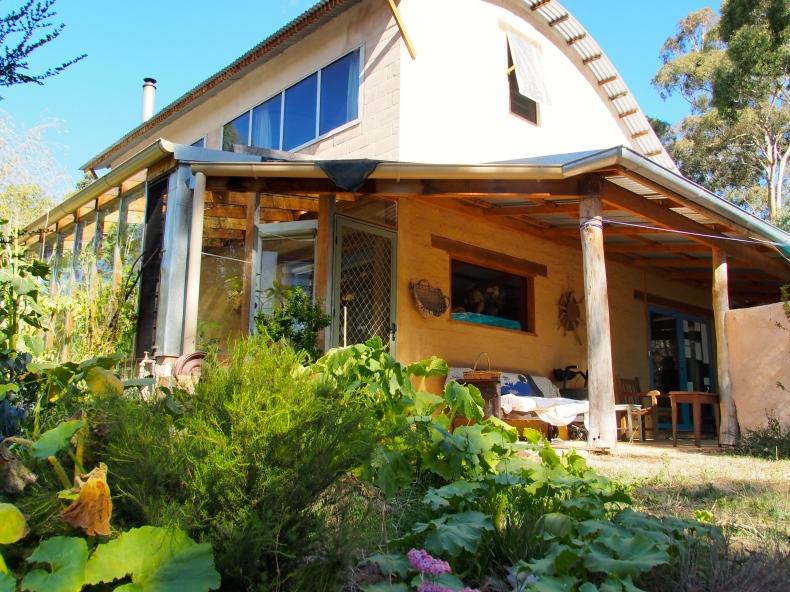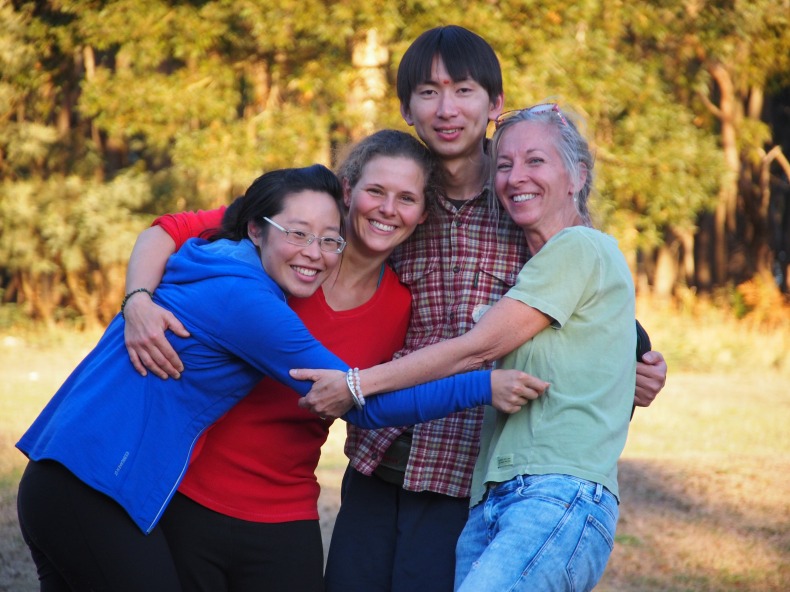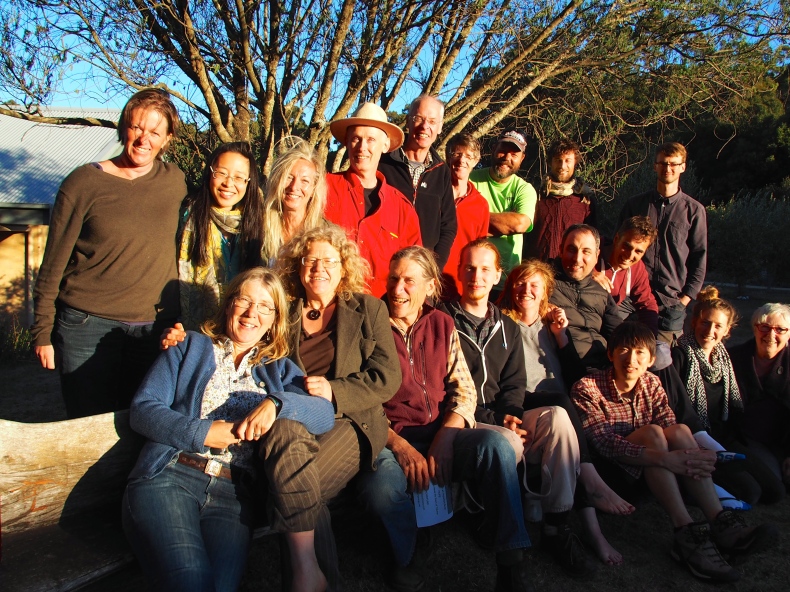Sustainability in action, on a local level, within a global context.
The first ‘Transition Town’ initiative was established in Totnes, in Devon, England, in 2006 … and new Transition Towns have been popping up ever since, across the UK and in many other countries, including Australia. Victoria alone is home to more than 60 initiatives, at varying stages of development or maturity.
Each local Transition group takes on a life of its own, according to the skills and goals of the local community that supports it. Inspiration and ideas are drawn from the local context as well as other Transition initiatives, while resources, training and support are also available from the Transition Network, a charity based in Totnes in the UK.
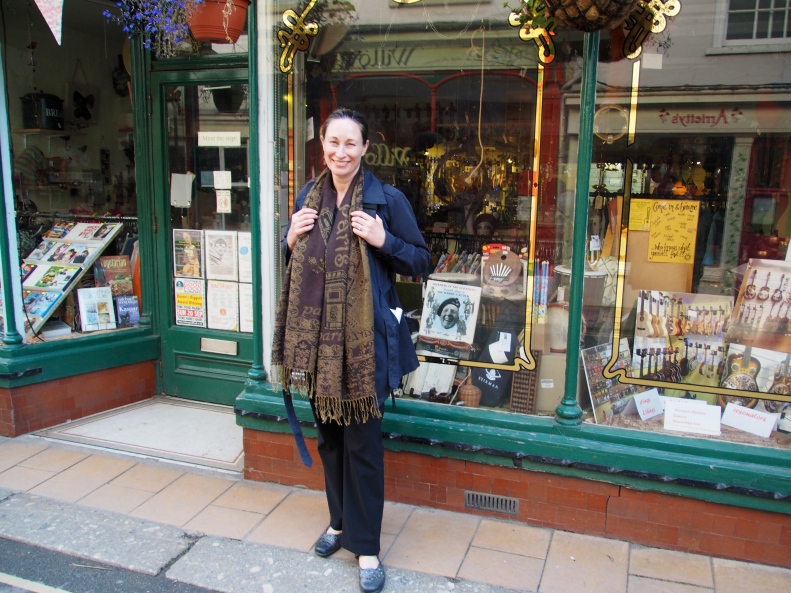
One of the aims of Transition initiatives is to reconnect people within local communities and to encourage and support them in working together at a neighbourhood, village or regional level to address issues like climate change, peak oil and economic uncertainty. This inclusive and engaging, community based approach focuses on solutions and on enabling people to ‘be the change’ they wish to see in the world, in a very practical and ‘do-able’ way. In the process of reducing reliance on fossil fuels and working towards the co-creation of a more sustainable future, relocalisation and resilience are enhanced, and a stronger sense of ‘community’ is created.
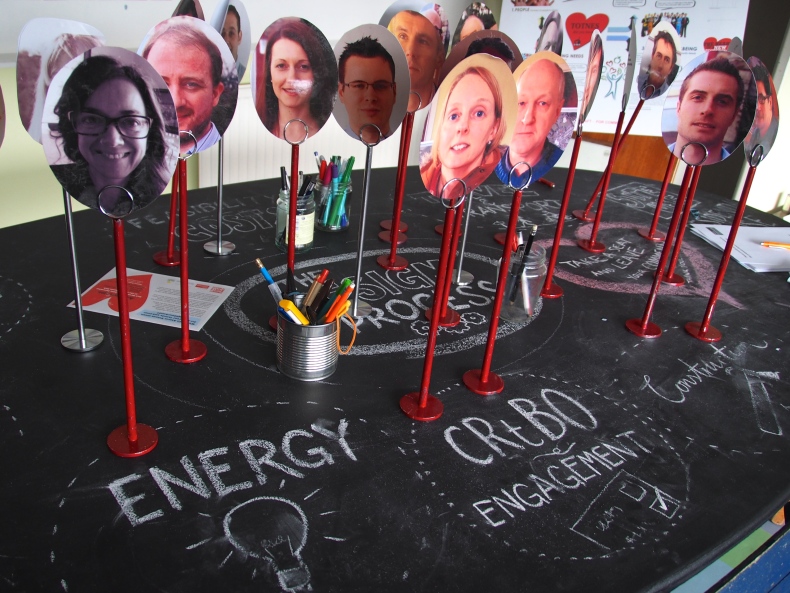
The Transition movement has inspired all manner of practical and creative projects, relating to topics like renewable energy and transportation, the growing of healthy food and the support of sustainable, small-scale and urban agriculture, the re-invigoration of local communities and economies, ecologically and socially responsible development, and the improved management of waste, water and other resources. But it is also about enjoying the journey along the way, sharing it with others, and caring about the ‘Inner Transition’ – in terms of people’s health and wellbeing – as well as the more externally focussed and practical Transition projects.
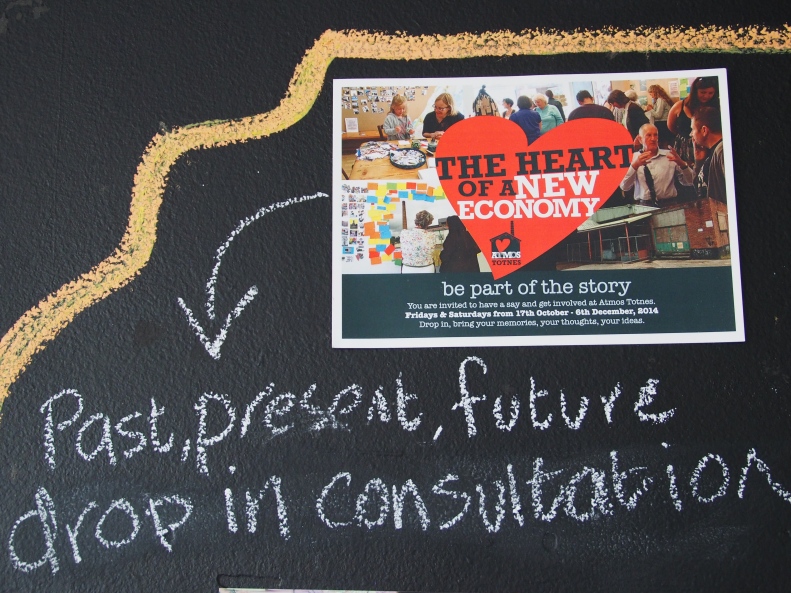
Being ‘in Transition’ is all about creating a shared vision of a more sustainable future and a more connected community and then ‘back-casting’ or working backwards to achieve those collective community goals. In essence, Transition is “Hope with its sleeves rolled up”, as co-founder, Rob Hopkins, describes it. After studying environmental management and permaculture design and becoming a sustainability educator, Rob Hopkins helped to develop the Transition Town idea, with his students and colleagues, before putting it to the test in England. Ten years on, Rob has written widely on the topic and further developed the Transition concept. It offers a positive, replicable and proactive model for change which continues to resonate around the world. But more importantly, it continues to be rolled out, adapting to local circumstances along the way.
The Victorian Transition Town Convergence
Victoria hosted its fourth ‘Transition Town Convergence’, at the Multicultural Hub in Melbourne, on 30 July 2016. Nearly 50 members from a dozen different urban and regional ‘Transition Town’ groups got together in Melbourne, to catch up, brainstorm ideas and exchange information and insights. There were presentations, activities and ‘Open Space’ discussions, interspersed with conversations over cups of tea and a shared lunch … lots of great food for thought!
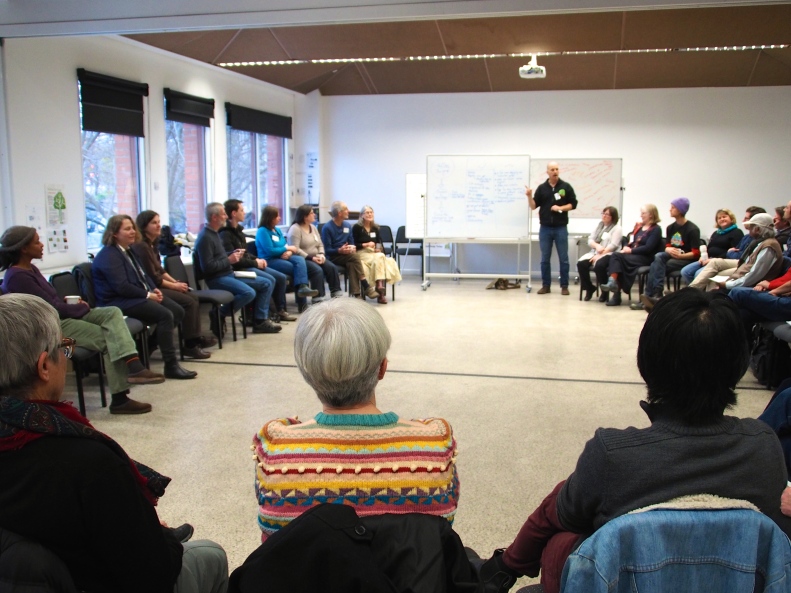
Video Slideshow
Below is a 3’30” video (photo montage slideshow) that I have collated and posted on Vimeo to recap the day’s events …
The Victorian Convergence provided a good chance to catch up with old friends and make new ones, with people drawn from far and wide – from Banyule to Port Phillip, Gippsland to Geelong, Wyndham to Wallan, Maroondah to Hobson’s Bay. All sharing a collective vision of strengthening their local communities and living more sustainably, while building community resilience and connectivity along the way.
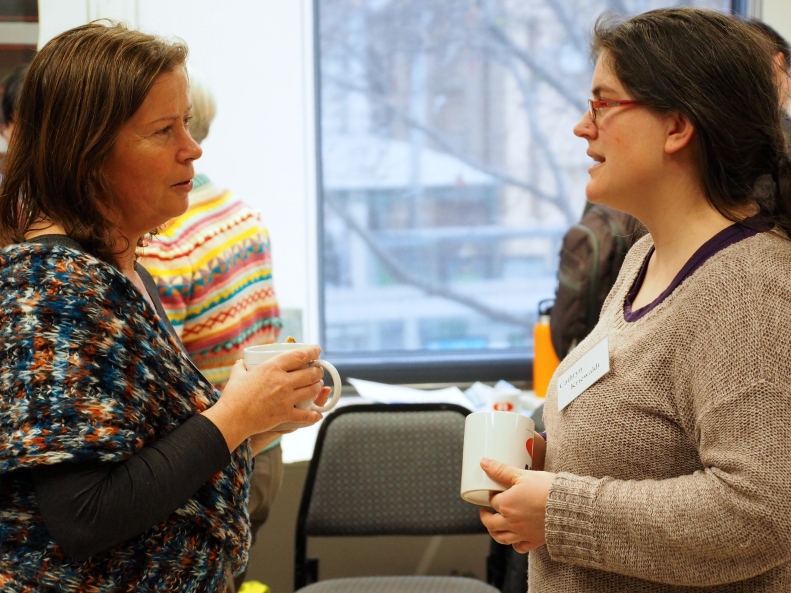
Throughout the day there were opportunities to share and learn from each others’ successes and challenges, and to canvas the way forward, for local groups and for the Transition movement within Victoria … and also, Australia. Mark Clayton, from Transition Gawler in South Australia, was a special guest who presented the idea of forming a National Transition Hub as a resource centre for supporting existing Australian Transition Town groups and also assisting people interested in starting new ones. More than 50 countries around the world now have National Hubs, which link in with the Transition Network, based in the UK.
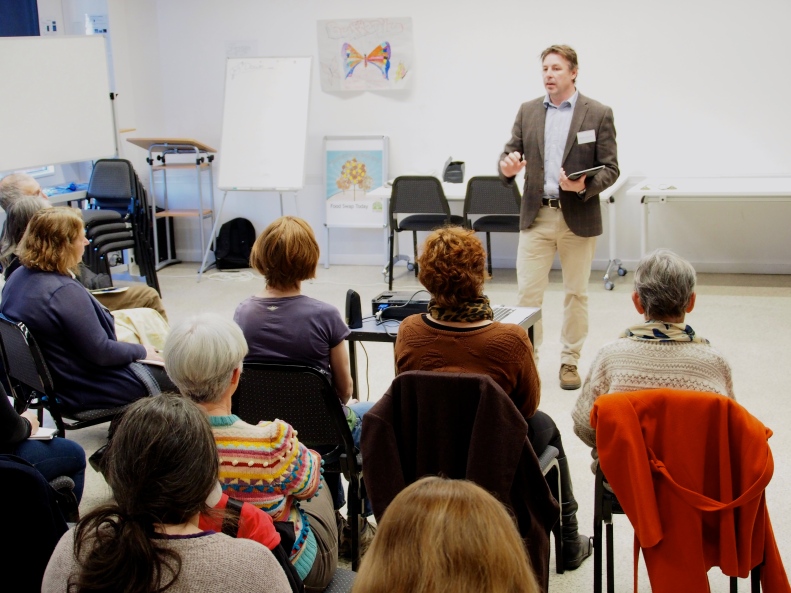
At the Melbourne event, stories from the International Transition Convergence, held in England last year, were brought to life on the big screen via a photo story slideshow, which transported the audience on a guided tour to what was akin to the ‘UN of Transition’. It was good to cover the international perspective and to hear stories about positive initiatives taking place right across the globe.
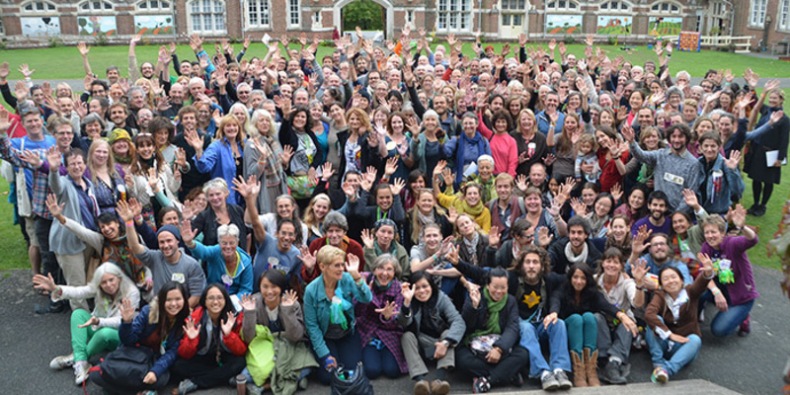
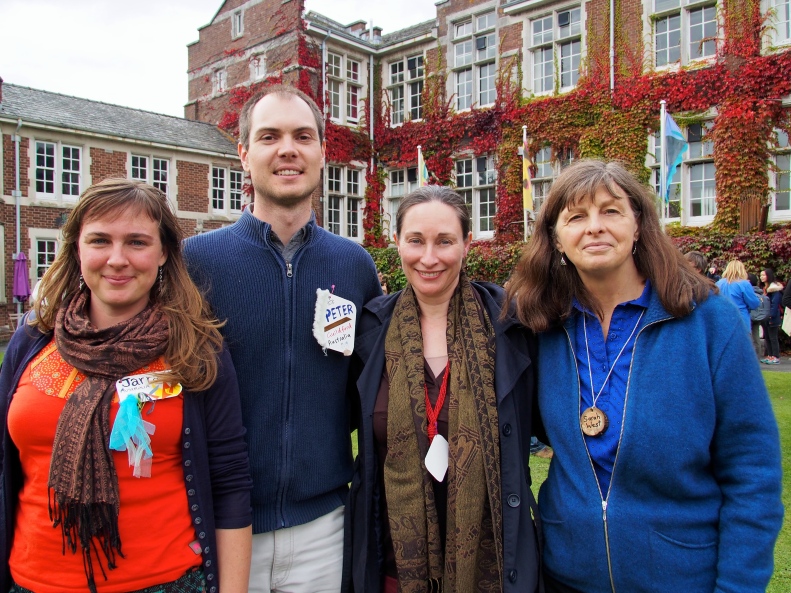
It is wonderful to work together on a local level but to also know that you are connected to other groups around the world, as part of a global and growing movement that is working, neighbourhood by neighbourhood, to foster positive social change, promote relocalisation and renewable energy options and co-create a more sustainable future for all – largely driven by people power! People working together, at a grass-roots level, can be one of the greatest facilitators of the transition to a more sustainable and just society. It really brings the old adage ‘Think Global, Act Local’ to life!
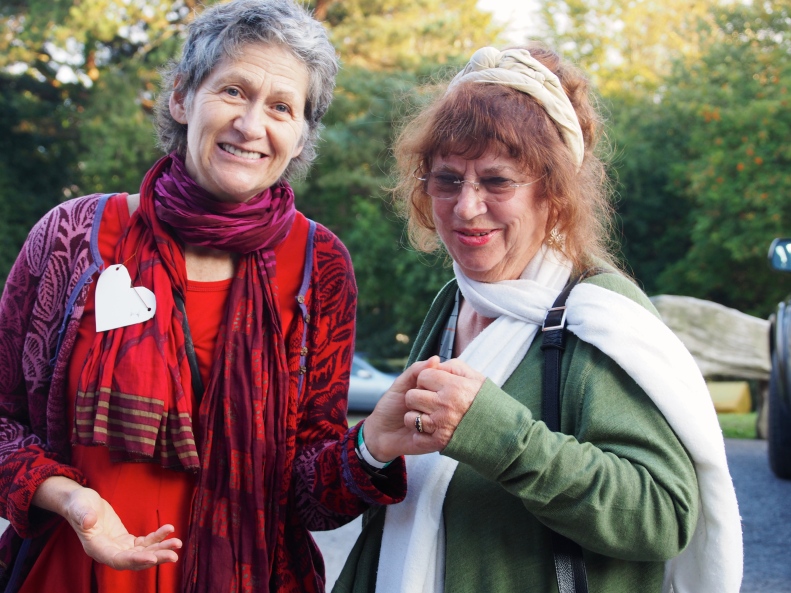
Thanks to the members of Transition Darebin, Transition Banyule, Transition Town Maroondah and Transition Maribyrnong, who worked together to organise the Victorian Transition Town Convergence. The next Convergence will be held in Melbourne, in July 2017.
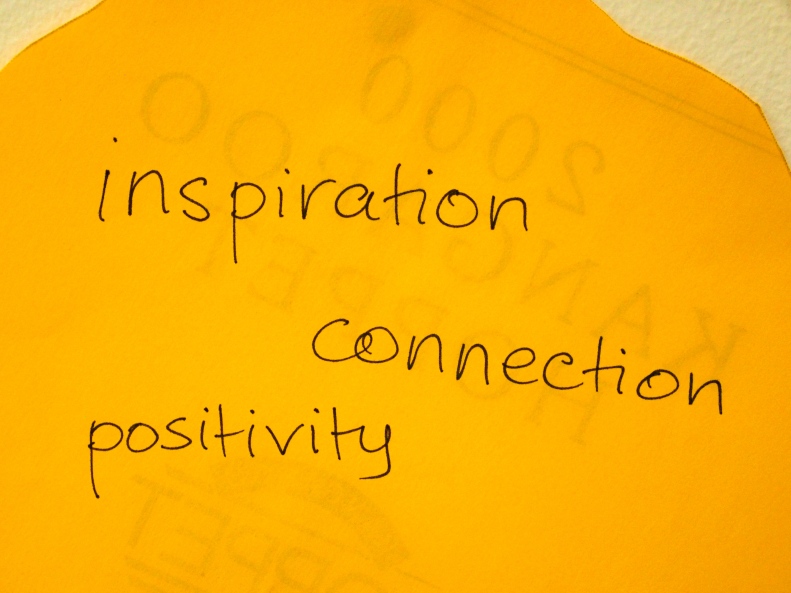
Further Details:
Transition Network, UK
Transition Banyule, Victoria
https://transitionbanyule.org.au/
Transition Darebin, Victoria
https://transitiondarebin.org/
Transition Town Maroondah, Victoria

